LTE-M vs. NB-IoT: Cellular IoT for a 5G World
September 25, 2025
Estimated reading time: 4 minutes

Like previous cellular generations, 5G is changing how we send and receive information. Worldwide 5G coverage enables countless automated wireless applications for the growing Internet of Things (IoT) market.
By 2030, more than 40 billion devices will connect to the IoT, including:
Large-scale, high-speed connection deployments require significant bandwidth. Cellular low-power wide area (LPWA) standards allow sensors and short-data-burst transactional devices to operate uninterrupted in the realm of 5G.
Mobile IoT technologies, such as LTE-M and narrowband IoT (NB-IoT), provide secure and cost-effective cellular LPWA capabilities. They are catalysts for future global 5G integration and growth.
LTE-M and NB-IoT coexist with the 5G network. They are the only cellular technologies to support massive IoT deployments and cellular LPWA use cases for the coming decades.
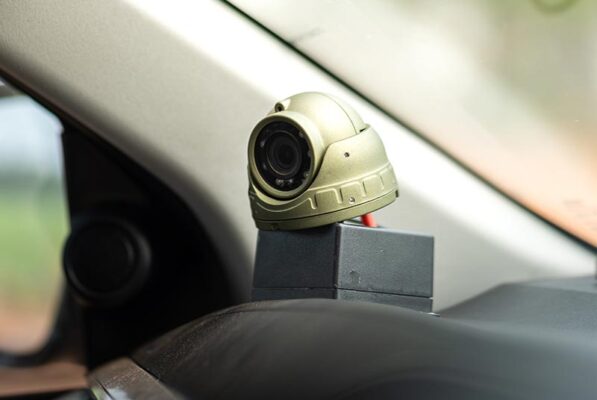
5G simplifies daily life and connects numerous industries to more efficient signal paths. 5G’s evolutionary cycle will end around 2030. By then, it will be dozens of times faster than 4G while supporting up to 1 million connections per square kilometer.
IoT industries that benefit from high-bandwidth, high-speed applications use 5G’s swift speeds for:
5G operators improve networks beyond the business world, enabling videos and file sharing on the go. They will transition into applications like:
5G acts as a springboard for IoT innovations like:
To gain these advantages, existing enterprise networks must be outfitted with the right mix of devices across all standards (e.g., fast and low power) within 5G. 5G and cellular LPWA technologies accelerate these improvements.
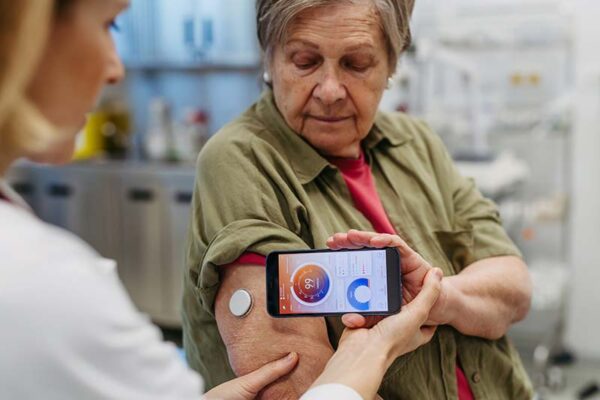
LTE-M and NB-IoT improve communication options. These technologies can also create opportunities for applications in industries that value small, intermittent data blocks, including:
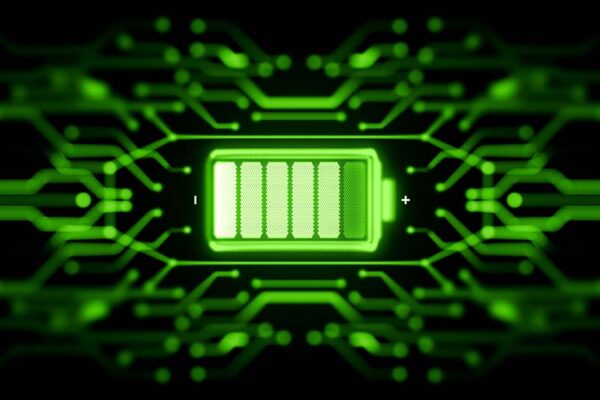

LTE-M was introduced in Release 13 (Rel 13) of the 3rd Generation Partnership Project (3GPP). The same organization brought 3G and defines the standards for cellular communication.
LTE-M has rolled out extensively across existing LTE networks. According to GSMA, 115 LTE-M networks were operating worldwide as of May 2025.
This technology is designed with an extended coverage range to support:
LTE-M is most useful for mobile coverage in industries that must:
LTE-M runs on 1.4 MHz spectrum bandwidth. This bandwidth is preferable for use cases that require small amounts of data transmission under full mobility and low power consumption, such as:
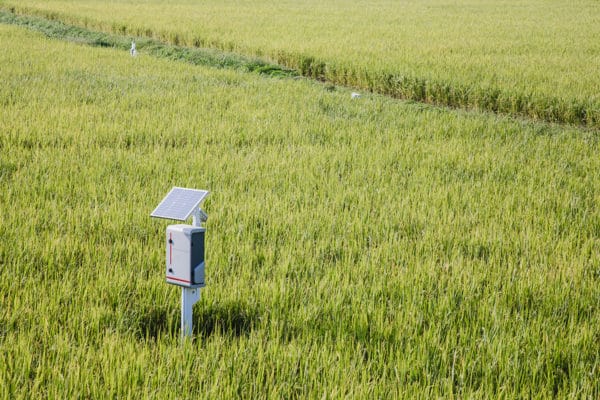
NB-IoT, like LTE-M, was introduced by 3GPP as part of Rel 13, which focused on IoT’s cellular LPWA requirements. LTE-M targets both mobile and fixed applications.
NB-IoT is ideal for battery-powered devices and fixed indoor coverage in areas with problematic signal loss and multitiered layers.
With 3GPP Release 17 (Rel 17), NB-IoT integrates satellite, non-terrestrial and terrestrial networks. A single device communicates with cellular and satellite networks. This added flexibility makes NB-IoT ideal for use cases such as:
NB-IoT supports dense clusters of low-throughput devices with high latency tolerance. It optimizes network resource use — particularly spectrum — while providing a low-cost option and low-power consumption. NB-IoT also integrates with existing LTE deployments. According to GSMA, 137 NB-IoT networks were operating worldwide as of May 2025.
Some IoT designs incorporate both LTE-M and NB-IoT into a single device for maximum flexibility.
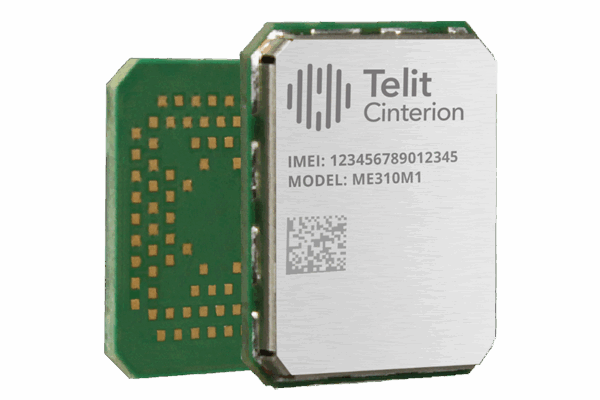
As a worldwide IoT pioneer, Telit Cinterion offers a broad portfolio of cellular LPWA modules. Our LTE-M and NB-IoT modules provide exceptional deployment results. They deliver industry-leading radio frequency performance and fully incorporate the technologies’ features, including:
These capabilities enable the module to wake up periodically, exchange data with the network, and sleep to conserve battery life through efficiency.
Our ME310M1 series supports NB-IoT and LTE-M connectivity. You can enable massive, power-efficient IoT device deployments with ultralow power consumption and optional integrated eSIM.
The modules incorporate short-range radio capabilities (e.g., Wi-Fi scanning) for mesh network integration. They also provide location functionalities with GNSS.
Speak with our IoT experts to learn more about LTE-M vs. NB-IoT and which of these cellular LPWA technologies is best for your deployment.
Editor’s note: This blog was originally published on 15 June 2022 and has since been updated.